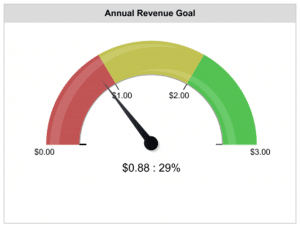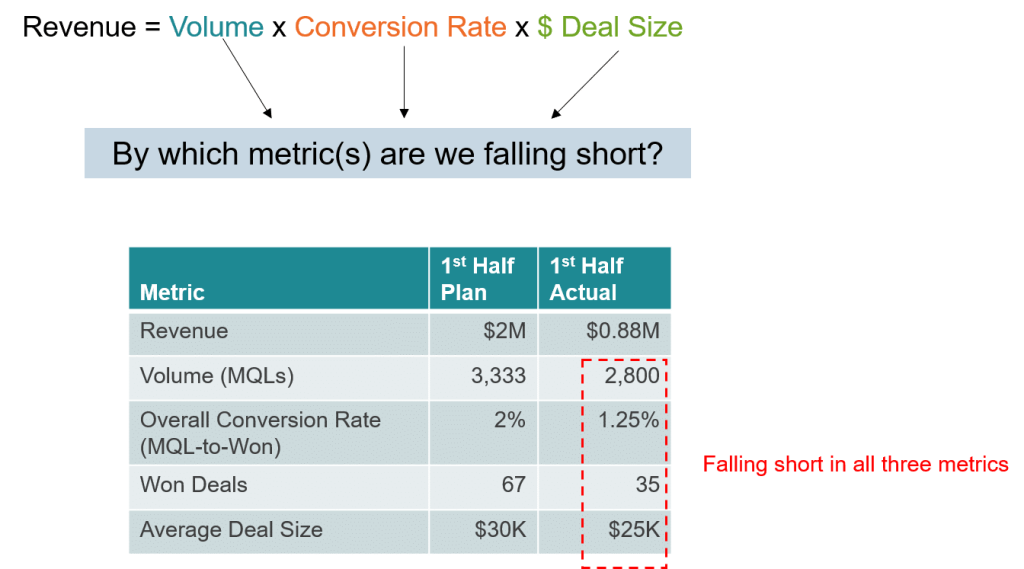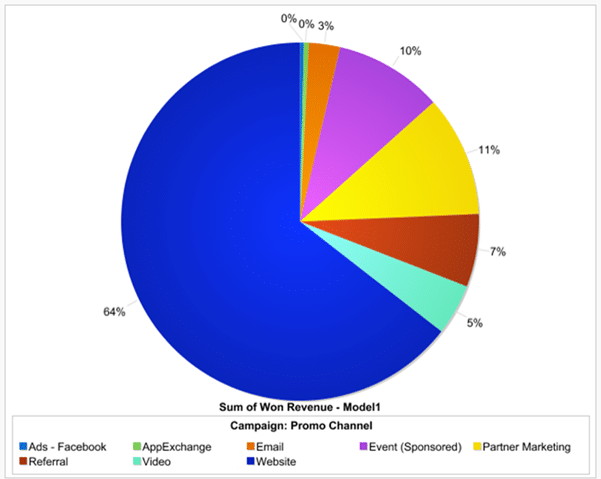Here we are in July (or August). Your company is trying to make sure the ship is on-course to meet revenue targets. And of course, the natural questions come pouring in from the CEO. Did marketing hit its numbers? Where are you on your year-end marketing goals? Are we on track? If not, how do we get from here to the finish line, with confetti and flying colors?
These questions are straightforward but very dense. Your CEO is essentially looking for a roadmap for hitting year-end goals (with confidence, might I add). For performance-driven marketers, creating this roadmap is a step-by-step process that can be worked through very methodically and scientifically. We at Full Circle Insights, being huge fans of deriving insights out of analytics, are laying out this scientific approach to creating the second half plan. The below illustrates the steps and discusses them in summary, but feel free to download the more complete guide here.
Your War Room Generals
Yes, marketing planning can feel like a war room, especially in a time crunch or scenario with underperformance. There are four main marketing generals you want in your war room. Depending on your organization, you may have many people in these specific roles, or just one (or even none).
- Marketing Exec. Leader of the marketing department, as well as the head driver of its success.
- Marketing Operations. Owner of all that is analytics, responsible for figuring out key performance insights.
- Demand Generation. Primary creator of marketing campaigns, including planning and execution.
- Product Marketing. Architect of content and messaging support for campaigns.
Each role, whether in a team or individually, has a responsibility in contributing to marketing goal execution. The above descriptions are generalizations, but this is not meant to fence in the strengths and skills. We at Full Circle Insights have seen more and more that the skills of performance-driven and insights-driven marketers are bleeding across all four of these roles. Marketing execs are expected to be more analytical in order to better work with marketing operations. Demand generation managers are becoming more high-level strategic thinkers with their copy to better incorporate product messaging. Product marketers are utilizing advanced metrics to understand content performance and improve messaging and assets. Overall, your war room generals not only become much stronger as they understand their focused responsibilities, but also as they understand the mentality and skillsets of the other distinct roles in the team.
The Order of Operations in Second Half Planning
After ensuring ownership of the above four roles, your team can run through the order of operations in second half planning. From beginning to end, creating the marketing plan for the rest of the year involves evaluation of goal achievement metrics so far, setting adjusted KPI numbers to hit through basic reverse math, finding areas of focus, coming up with new campaigns, and finally executing the plan. In summary, the steps are:
- Evaluation of Gap Size. Understand how big the revenue gap that you must cover in the second half.
- Diagnosing of Gap Areas. Investigate the areas of underperformance or KPIs that you can improve.
- Reverse Funnel Math. Generate new KPI goals using simple math, or “reverse funnel” calculations. (have an envelope or napkin handy)
- Key Campaigns to Fill in Gaps. Unearth the campaigns that have worked well in the past using attribution and plan new campaigns.
- Executing Marketing Plan. Bring your four generals back together, align sales and marketing, and sprint towards the finish line.
While I don’t want to make this too long of a blog post, especially when the complete guide does a better job of teaching you how to put pen to paper, I did want to show you what the above key stops would look like in the real world.
Download Full Circle Insights’ Guide to 2nd Half Planning with Campaign Insights for a comprehensive walkthrough of second half planning.
From Revenue Gaps to Reverse Math
In this scenario, imagine a company that has a $3 million goal that has only achieved $0.88 million in the first half. Its Salesforce gauge would look like the below.

So basically, the company missed its numbers and, more importantly, has $2.12 million to go to hit the $3 million. The company needs to understand where it fell short (i.e., what metrics underperformed).
Revenue consists of three main components, and the math is pretty simple: Revenue = Volume x Conversion Rate x Average Deal Size (in dollars). You just need to compare the planned goal for each of these three KPIs to the actual reality that occurred. Here’s an illustration of such a comparison between first half plan and first half actual.

It looks like the company underperformed across all three metrics. Your marketing operations and demand generation teams can collaborate to investigate further as which specific channels and campaigns fell short in terms of Volume, Conversion Rate, and Average Deal Size.
Moving on from here and with these gaps in mind, you can create new KPI goals with an understanding of how much you can improve upon those metrics. The key is to move from the step in the prior illustration to the one below, establishing how best to move the needle in meeting revenue goals.

From Reverse Math to Demand Gen Roadmap
With new KPI goals, you can delve into the past and dig into campaign performance. Particularly, if you have technology such as Full Circle Campaign Attribution to accurately credit campaigns with their revenue impact, you can get a broad picture of campaign performance, segmented and granular. The below shows attribution by Promo Channel, which is just one helpful categorization of marketing campaigns. We walk through how to incorporate this and other segmentations into your Salesforce CRM.

Finally, from campaign performance insights, you can fill in your marketing plan, which might literally be blank at this point. Essentially, you are going from a blank plan to this:

In the complete guide, we walk through a scientific approach to working with data to gain campaign performance insights and using those insights to fill in your marketing plan for the rest of the year.
Making the Plan Work
Hitting your numbers can be challenging, especially if your performance in the first half is off-track compared to the original plan. A combination of underperformance and limited time or budget can make the second half seem like a time crunch, so planning is very key. The answer is in your data, and the key is learning how to turn data into insights that drive planning and action.
While there are many components to the planning process (that we only touched the surface of in this blog post), hopefully the guide we put together ensures that you approach each step methodically. In the end, we hope you can gain the confidence you need in your marketing plan to achieve your marketing objectives and goals.
Download the Guide to 2nd Half Planning with Campaign Insights to get the more comprehensive walkthrough.



